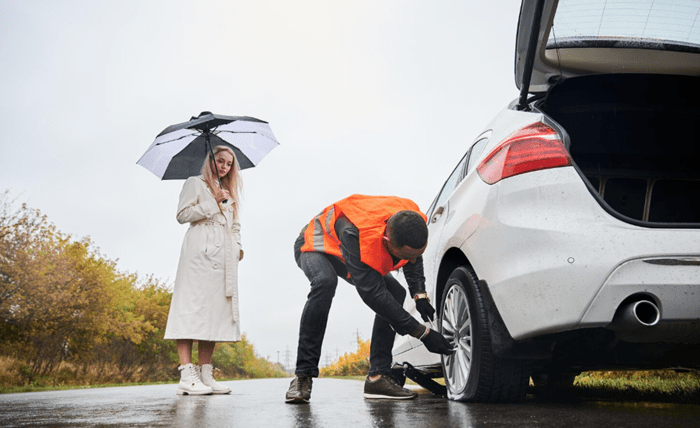Every year, countless drivers face unexpected challenges on Texas roads due to weather conditions. Rain and fog can significantly increase the risk of collisions. These weather patterns create slippery surfaces, reduce visibility, and often catch drivers off guard. Understanding how rain and fog contribute to car accidents is crucial for your safety. When rain falls, it mixes with oil residue on roads, making them slick. Fog limits your sight, making it hard to see other vehicles, road signs, and obstacles. These conditions demand extra caution and preparation. In Texas, where weather changes swiftly, staying informed and adjusting your driving habits is essential. If you’re involved in a collision, consulting a car accident lawyer in Houston can help you navigate the aftermath. They provide guidance on your rights and offer support in seeking justice. Remember, staying alert and informed can make a significant difference in preventing accidents.
The Impact of Rain on Road Safety
Rain often leads to a spike in car accidents. Roads become dangerous as water mixes with oil and debris. This combination reduces tire traction, making it harder for you to stop quickly. The Texas Department of Transportation states that wet roads are a major factor in many accidents each year. Slower speeds and increased following distance are effective strategies for driving in the rain. Additionally, properly maintained tires and brakes play a vital role in ensuring your safety.
Fog and Reduced Visibility
Fog creates a different set of challenges. Visibility drops dramatically, and you may find it hard to see beyond a few feet. This can cause delays in reaction time. You should use low beam headlights in foggy conditions. High beams can reflect off the fog and reduce your visibility even further. According to the National Weather Service, taking extra precautions and staying updated on fog advisories can reduce risks.
Comparing Rain and Fog: A Safety Guide
Proactive Measures for Safety
Being proactive reduces the likelihood of accidents. Regular vehicle maintenance is crucial. Check your tires, brakes, and lights frequently. In rainy and foggy conditions, patience is key. If conditions worsen, consider delaying your trip until it is safer. Staying informed about current weather conditions also helps you plan better. Websites such as the Texas Department of Transportation’s Weather Information provide timely updates.
What to Do If an Accident Occurs
If you’re involved in an accident, stay calm. Ensure everyone involved is safe and call emergency services if needed. Document the scene and exchange contact information with other drivers. Legal guidance can be beneficial. Consulting with professionals ensures you receive fair treatment and compensation. This support is especially valuable in complicated weather-related cases.
Conclusion
Your safety on Texas roads is influenced by weather conditions. Rain and fog pose significant challenges, but with preparation, you can minimize risks. By understanding the dangers and adjusting your driving habits, you contribute to making roads safer. Stay informed, maintain your vehicle, and remember the value of legal guidance if you find yourself in a collision. Taking these steps can keep you and others safe.

